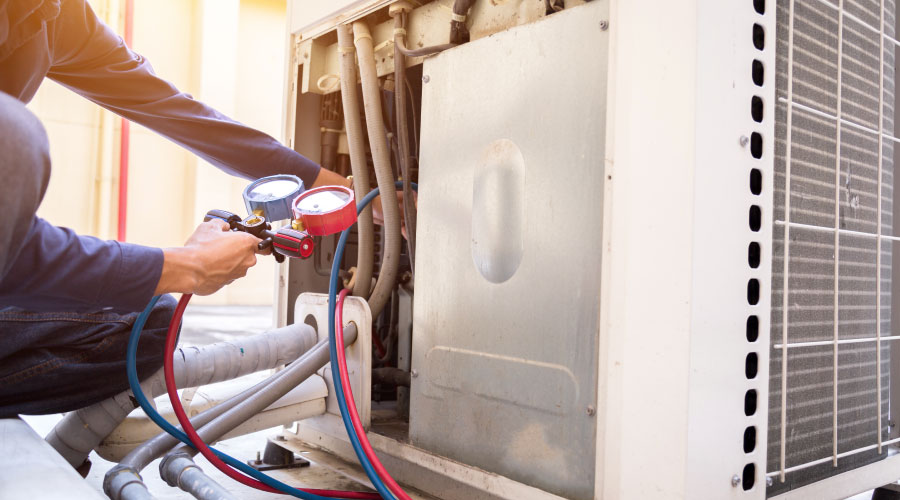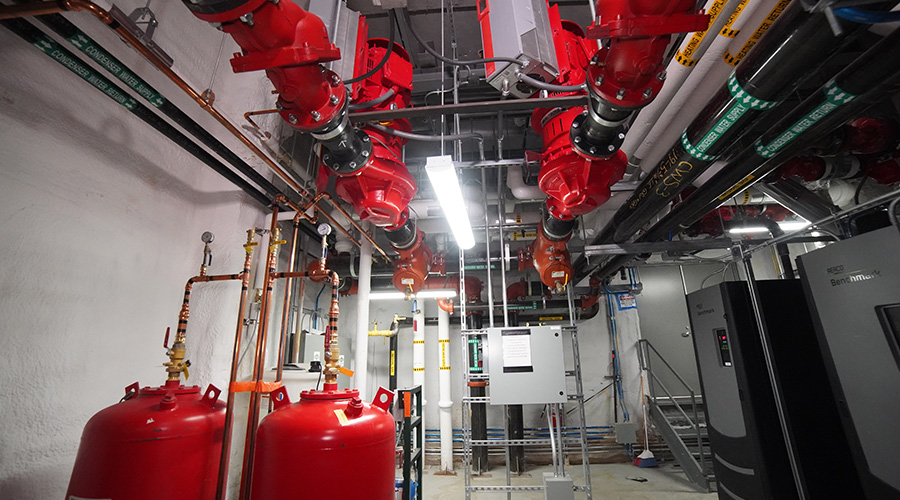Replacing Chillers: Benefits Beyond Energy Efficiency
Installing new chillers creates several miscellaneous benefits besides energy savings. New machines can offer features that include: VFDs for better part-load operation and more stable water temperatures; easier operator interface and controls; and newer refrigerant for potential credits under the Leadership in Energy and Environmental Design (LEED) rating system. The chillers can even have smaller footprints, freeing up precious floor space.
If repair or replacement requires a shutdown of the plant chiller, managers have few options for eliminating a chilled-water outage. Managers often must rely on temporary chiller service to supply water to the system during a construction outage. The cost of renting a temporary chiller depends on the time of year, facility location, availability of a rental machine and the speed with which it needs to arrive on site.
Replacing large, central-chiller-plant equipment generally is not a cut-and-dried issue. The decision is a question of cost, risk, and reliability, and the answer can be expensive and seem difficult to justify. Energy savings associated with newer, more efficient equipment can quickly determine whether the investment will pay for itself.
Managers should work with vendors and consultants to compare options and establish definitive energy models. The justification for new equipment often does not come within a short payback period, but from the need for more capacity or dependability, or both.
Thomas Bakane, P.E., is a mechanical engineer for the Denver office of Smith Seckman Reid Inc. (SSR), an engineering design and facility consulting firm. He has more than seven years of experience providing project management and mechanical systems design services for laboratories, higher education, health care, and industrial facilities.
Related Topics:














